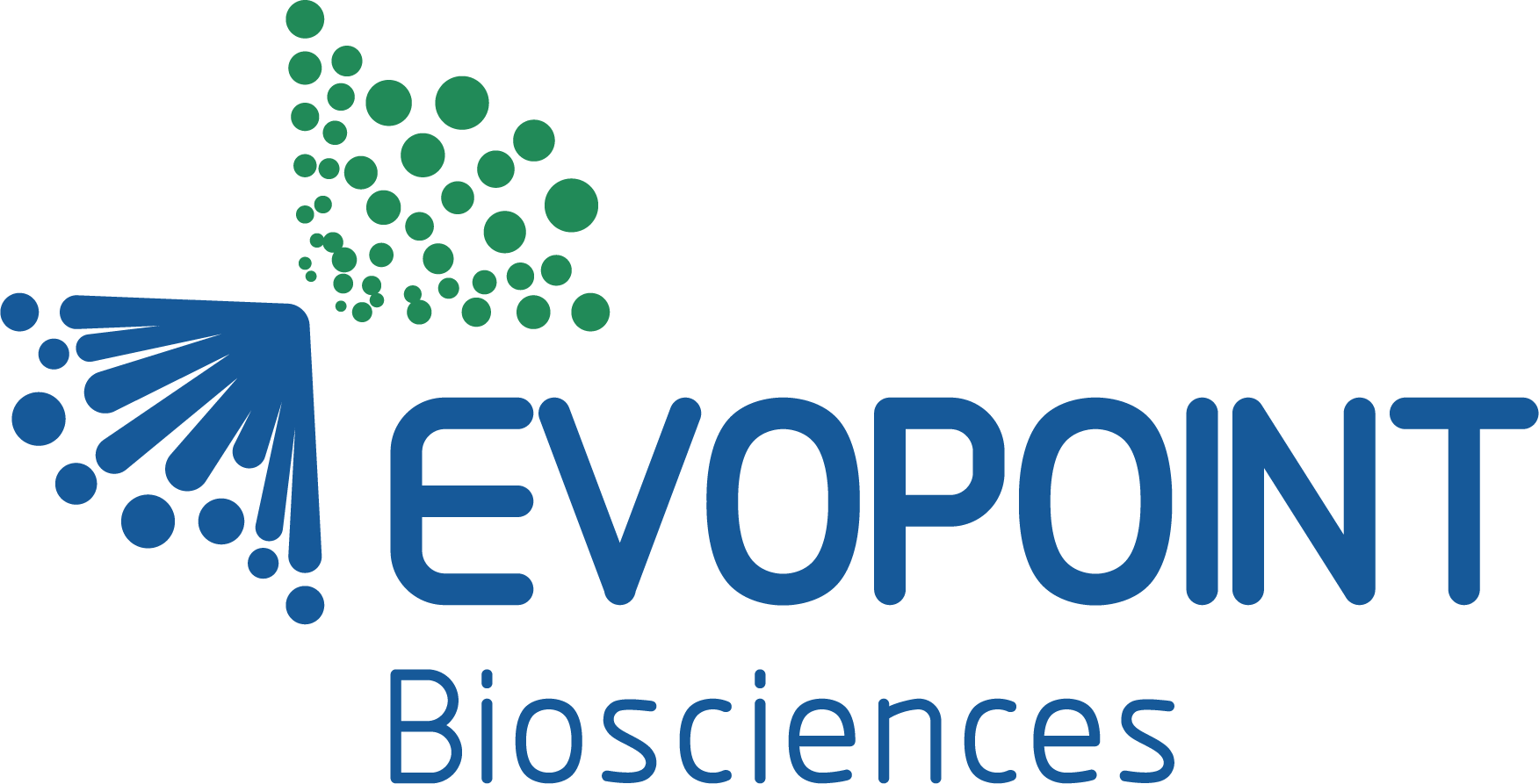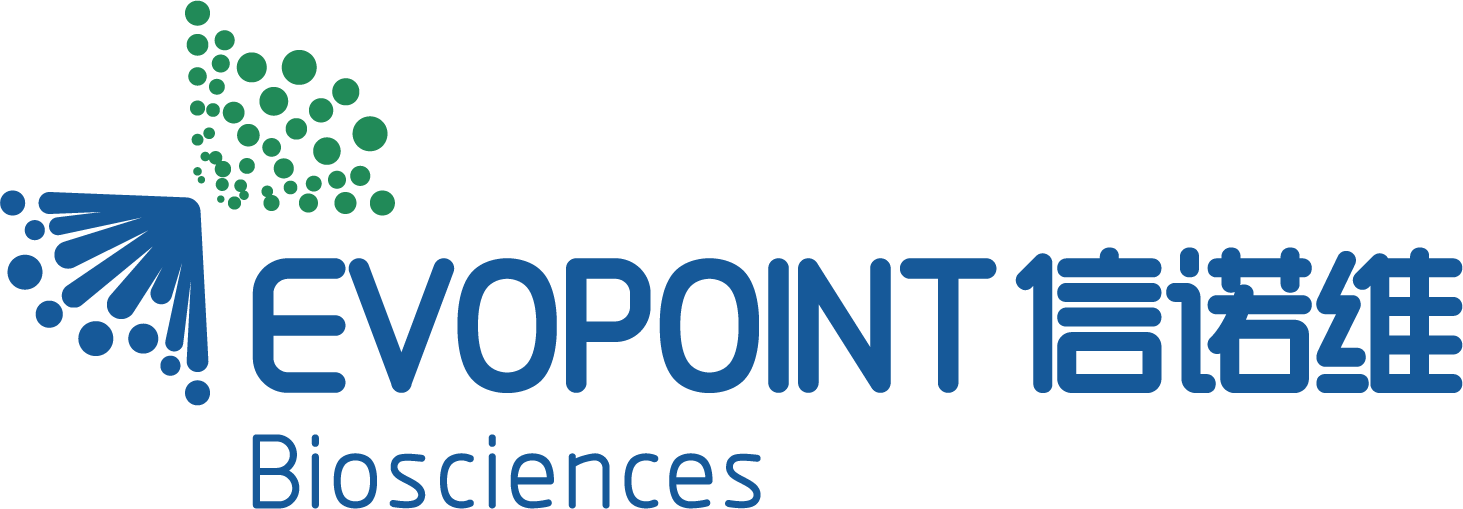Evopoint Announces Positive Results for Phase II Trial Evaluating XNW3009 for Treatment of Gout
The prevalence and number of patients with hyperuricemia and gout are increasing globally, with the global drug market is also showing a growing trend. However, despite gout and hyperuricemia becoming one of the common chronic diseases after the "three-highs", the clinical drug efficacy is still not satisfactory. In the face of this global clinical sore spot, Evopoint independently developed a new small molecule selective URAT1 inhibitor, XNW3009.
Project Director Li Zhanguo of Peking University People's Hospital introduced that at present, there are large populations of high uric acid or gout patients in China, and there is a clinical need for safer and more effective medicines. XNW3009's clinical data demonstrates a very obvious improvement in efficacy compared to the positive control, with a more advantageous safety profile, andis likely to become a 'Best in Class' drug in the field of gout treatment.
About XNW3009
XNW3009 tablets are a new type of small molecule selective URAT1 inhibitor independently developed by Evopoint Biosciences Co., Ltd.. It can significantly inhibit the activity of human uric acid transporter 1(hURAT1), with an IC50 that is 40 times lower than that of the similar URAT1 inhibitors Benzbromarone and Resynephrine. It signifies the potential advantageof achieving better uric acid-lowering effects with a very low dosage.
XNW3009 tablets have a unique pharmacochemical design. On the one hand, XNW3009 has better stability of hepatocyte metabolism. It has no metabolite generation of Benzbromarone that causes hepatotoxicity, and the in vitro hepatocyte toxicity test also shows a significantly lower hepatocyte toxicity than that of Benzbromarone. On the other hand, XNW3009 has a higher safety window than similar listed drugs, either overcoming or greatly reducing the risk of liver and kidney toxicity from similar-targeted drugs. Furthermore, XNW3009 has good pharmacokinetic characteristics, with small individual variation, no foodeffect, no CYPase induction, and the recommended clinical dose concentration is much lower than the CYPase/transporter inhibitory concentration.
Mr. Le Meijie, CEO of Evopoint, said that XNW3009 tablets will soon enter Phase III clinical trials. Data from Phase II shows that more than 72% of subjects in the 0.5mg dose group can achieve a serum uric acid concentration of ≤360umol/L with each administration, while only 51.9% of the subjects in the control group, Benzbromarone 50mg dose group, can achieve the same effect. In addition, the safety and tolerability of XNW3009 tablets were satisfactory, and most of the adverse events were grade 1~2 mild adverse events, with no obvious hepatic and renal toxic side effects. XNW3009 also demonstrated good pharmacokinetic and pharmacodynamic characteristics in clinical pharmacology. While cout patients are often accompanied by hypertension, hyperglycemia, hyperlipidemia and other diseases, XNW3009 does not have CYP enzyme induction, so the possibility of PK-relateddrug-drug interactions is small, and clinical use is convenient.
About Gout and Hyperuricemia
Evopoint will continue to make every effort to advance the clinical trial of XNW3009 and strive for its early launch to benefit a worldwide population of patients, bringing a new, safer and more effective option to the majority of goutpatients. Gout is a metabolic disease with serious harms, and it is easy to prolong and difficult to cure, especially after repeated attacks.
Hyperuricemiais the key biochemical basis for the development of gout, with about 5% to 19%of hyperuricemia developing into gout. Hyperuricemia and gout are also independent risk factors for chronic kidney disease, hypertension, cardiovascular and cerebrovascular diseases and diabetes. About one-third of patients with chronic gout have kidney damage, including chronic goutynephropathy, acute renal failure and urinary stones. Blood uric acid levels arealso strongly associated with organ damage such as cardiovascular complications, peripheral neuropathy, diabetic retinopathy and diabeticnephropathy in diabetic patients. Studies have shown that for every 60 μmol/Lincrease in blood uric acid, there is a 1.4-fold increase in the relative riskof developing hypertension, a 17% increase in the risk of new-onset diabetesmellitus, a 7-11% increase in the risk of kidney disease, a 14% increase in therisk of deterioration of renal function, a 12% increase in the risk of deathfrom coronary heart disease, and an increase in the risk of all-cause mortalityof about 8% in patients with CKD.
Hyperuricemiais usually caused by excessive production of uric acid and/or decreasedexcretion of uric acid, with the latter accounting for about 90% of patientswith hyperuricemia. Therefore, lowering blood uric acid (sUA) by increasing uric acid excretion is an effective uric acid-lowering treatment. URAT1 (uratetransporter 1) is an important protein that regulates the reabsorption of uricacid. Located in the proximal tubule of the kidney, URAT1 is responsible for the reabsorption of about 90% of the uric acid in the kidney, and it is a novel target for the treatment of hyperuricemia and gout in recent years. By inhibiting the activity of URAT1 and thus inhibiting the reabsorption of uricacid, we can achieve the effect of lowering the blood uric acid level.



